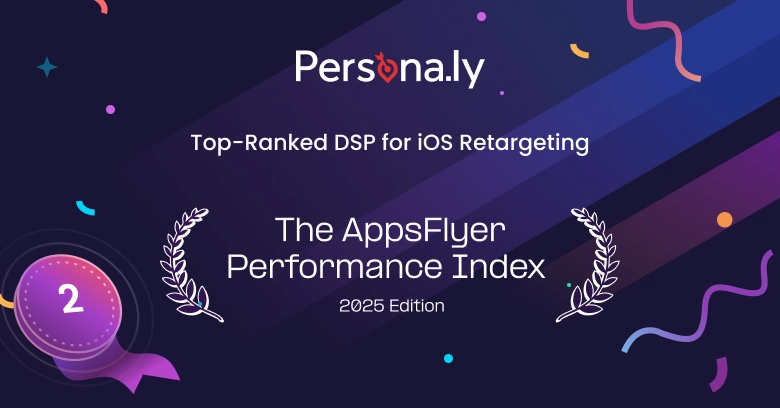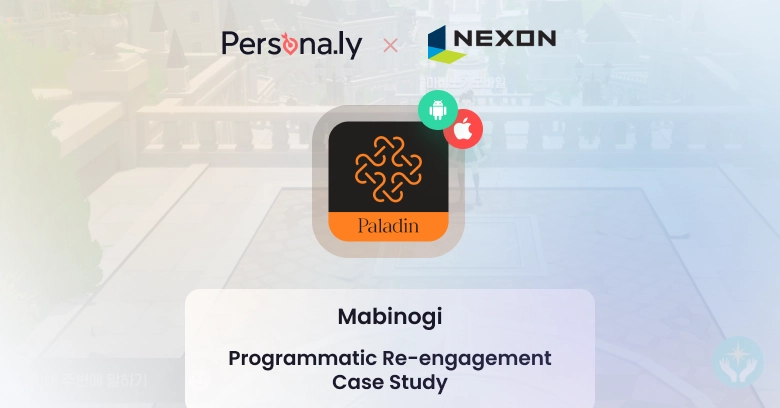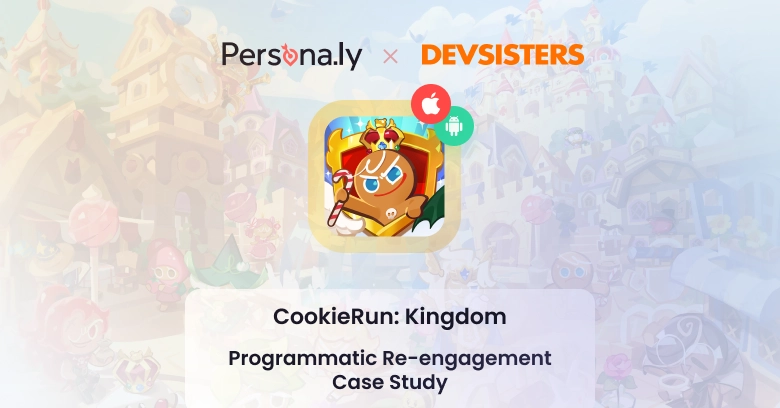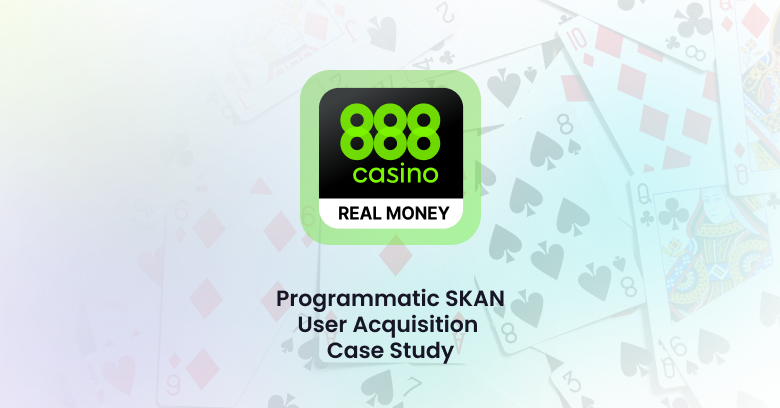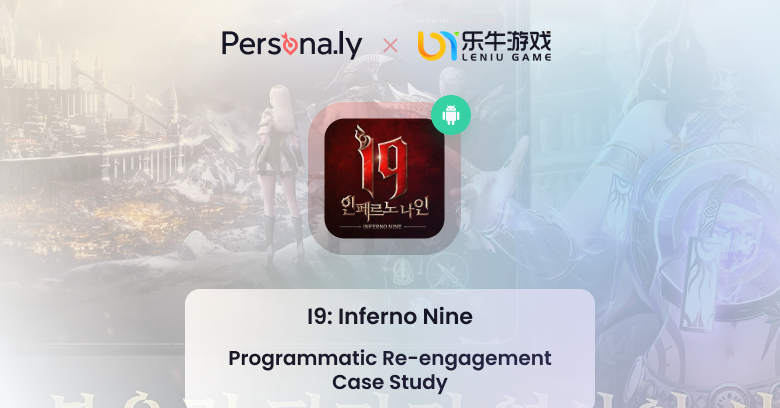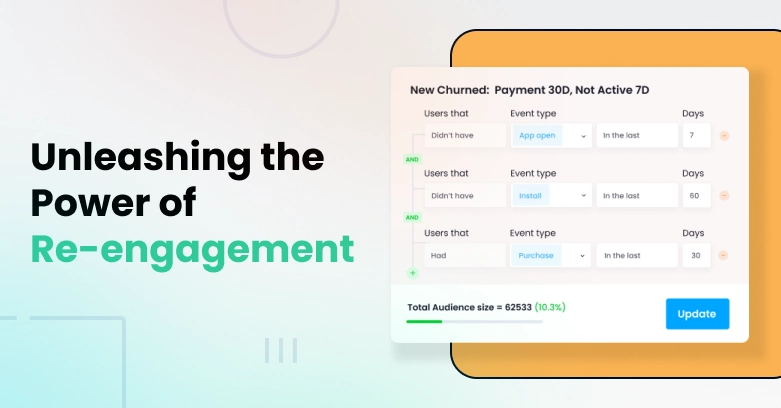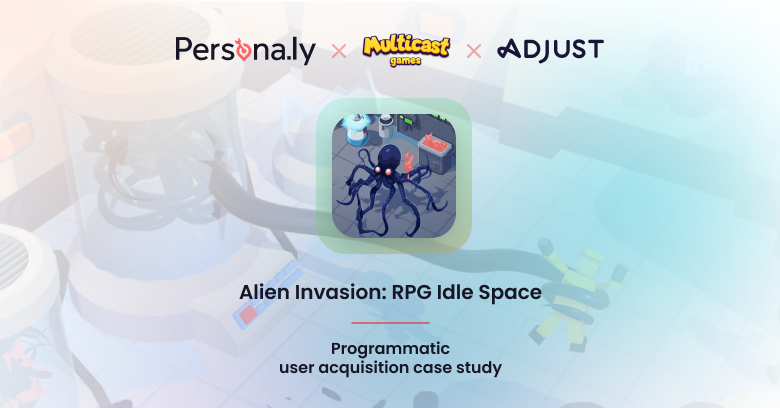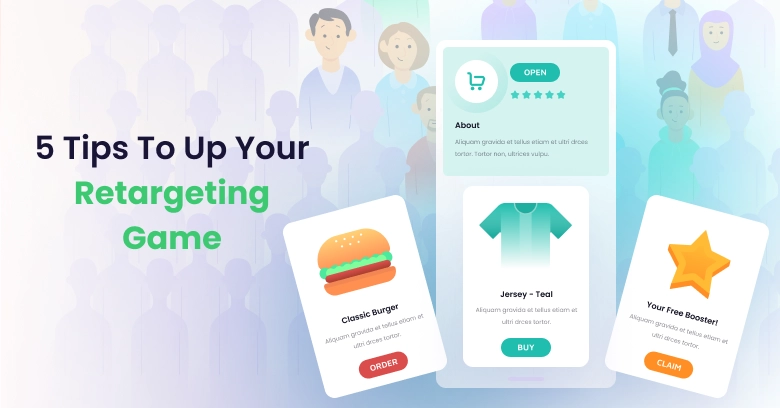
5 Tips To Up Your Retargeting Game That Actually Work
Audience segmentation for retargeting is a versatile (and often underestimated) strategy almost any app developer can benefit from. However unleashing the full potential of retargeting requires business expertise, a systematic data-centric approach, and, well, a lot of testing.
Based on our experience, we have collected the best practices for re-engaging the audiences in various verticals. Here are some universal findings.
Find the Right Crowd
Selecting the right segments and testing them plays a crucial role in retargeting. By dividing the segments based on their previous interactions with the app and their position in the app funnel, app marketers can deliver precise messaging to re-engage users.
Another aspect of the right segmentation is user intent. Depending on whether it’s high or low, marketers can control budget distribution and cap the bid price to ensure the budget is not wasted on low-intent segments that have a lower chance of conversion.

Check out how we converted non-payers for LightInTheBox
Go ML
While everything seems pretty straightforward with retargeting on the surface – you know your audience and which segments to re-engage and the audience is familiar with the app – in practice, “cracking” the non-payer audience is a task of its own. This explains why most app marketers prefer to reserve their budget for payers and stay away from non-payers, thus limiting their growth opportunities.
The right application of ML, targeting the most prominent users from segments of non-payers (there might be multiple), can help marketers tap into new options while still paying slightly lower, as the calculated intent is lower, like in the case of NextNinja’s Grand Summoners.
Timing Matters
There is no universal formula to find out when to start re-engaging users for every app as no app is like others. When speaking about timing, there are 2 aspects worth mentioning:
- Time before churn refers to how long ago a user used the app before becoming dormant. It might require dipping deeper into app activity data to find the right time, when a user has already abandoned the app but is still “hot” to boost revenue.
- User hour. Let’s confess – some hours are simply irrelevant for users, depending on (way too many) factors, like employment status, whether they live in a city or a rural area, travel by car or public transportation, family status (we can keep going – you understand the idea). Understanding usage patterns and applying hourly pacing, allows to re-engage users at the most opportune time when they are more eager to interact with the app.
Personalize Content
By meticulously analyzing user behavior in real time, businesses can tailor their retargeting strategies to engage customers with personalized content based on their interactions and preferences.
This dynamic approach not only fosters a more seamless and personalized experience, whether it’s e-commerce or gaming, but also significantly increases the likelihood of converting potential customers. Retargeting dynamic audiences in e-commerce is not just about rekindling interest; it’s about adapting to the fluidity of customer interactions, delivering relevant content, and ultimately optimizing the path to purchase for a more prosperous online retail ecosystem.
Leverage Deep Links For Deeper Connection
Incorporating deep links in retargeting campaigns can significantly enhance the user experience by seamlessly guiding users directly to a specific screen within the app. This targeted approach not only streamlines the user’s journey but also increases the likelihood of conversion by reducing the number of steps to reach the desired action. By leveraging deep links, advertisers can create a more personalized and efficient experience, encouraging higher engagement, and fostering brand loyalty.
Cross-Channel Consistency Matters
Maintaining consistency across all communication channels where the experience can be personalized (social, email, programmatic advertising, and push notifications), is pivotal in retargeting campaigns.
This uniformity ensures that the offering is coherent, regardless of the platform, reinforcing the brand’s identity and offering in the consumer’s mind. Consistent messaging not only helps in building trust and credibility with the audience but also amplifies the impact of the campaign by creating a unified and memorable brand experience. This approach helps in effectively guiding the customer through the sales funnel, leading to improved conversion rates and customer loyalty.
The proper data execution can transform re-engagement for mobile apps into a powerful tool, significantly boosting revenue and enhancing user engagement.
